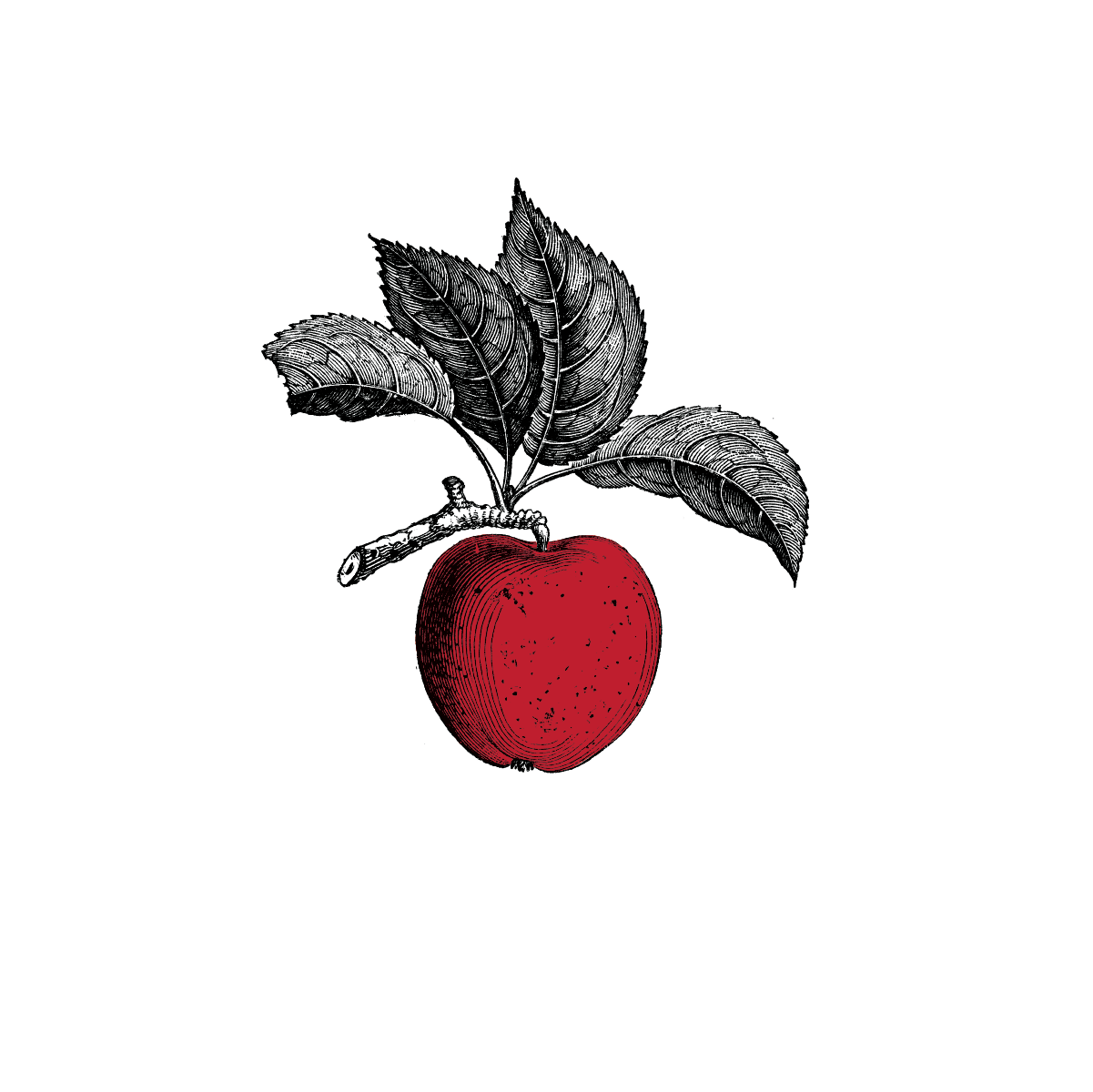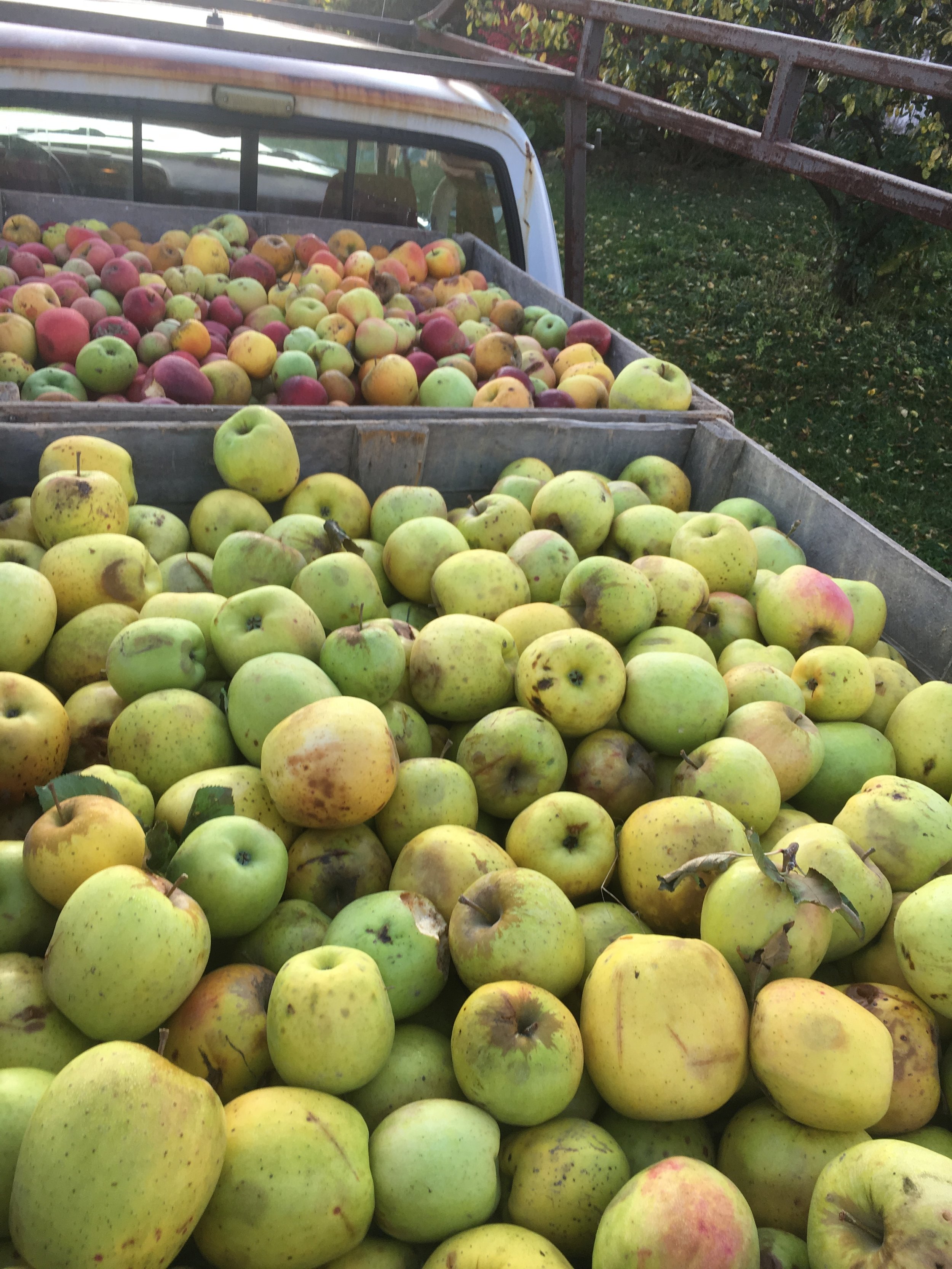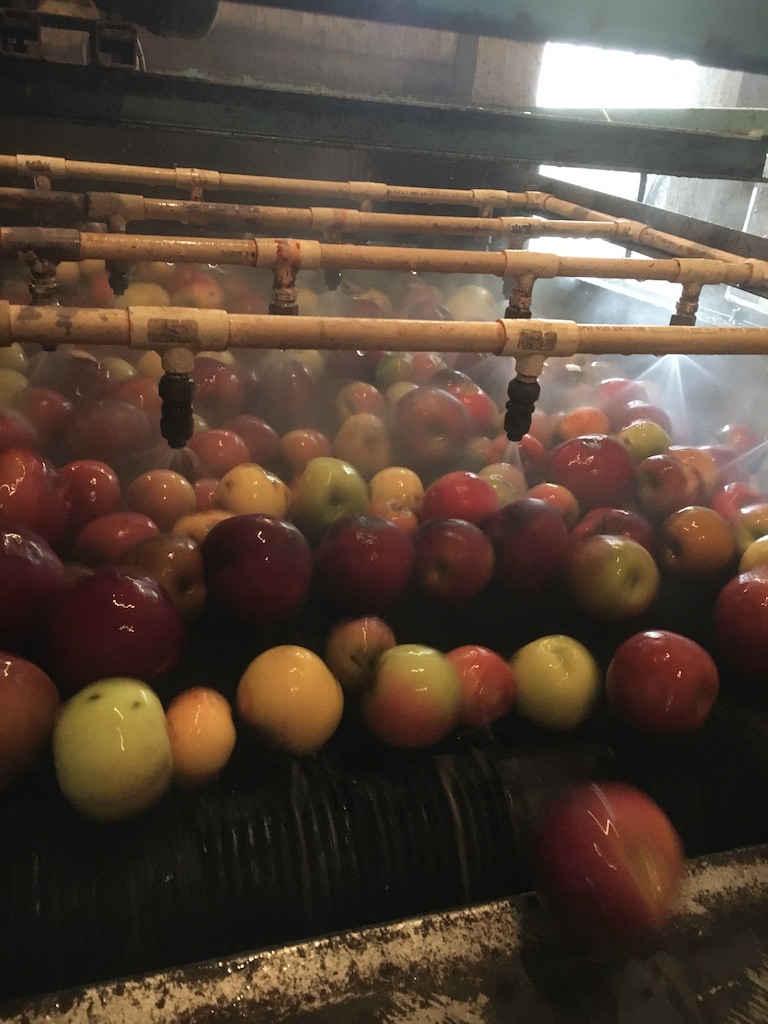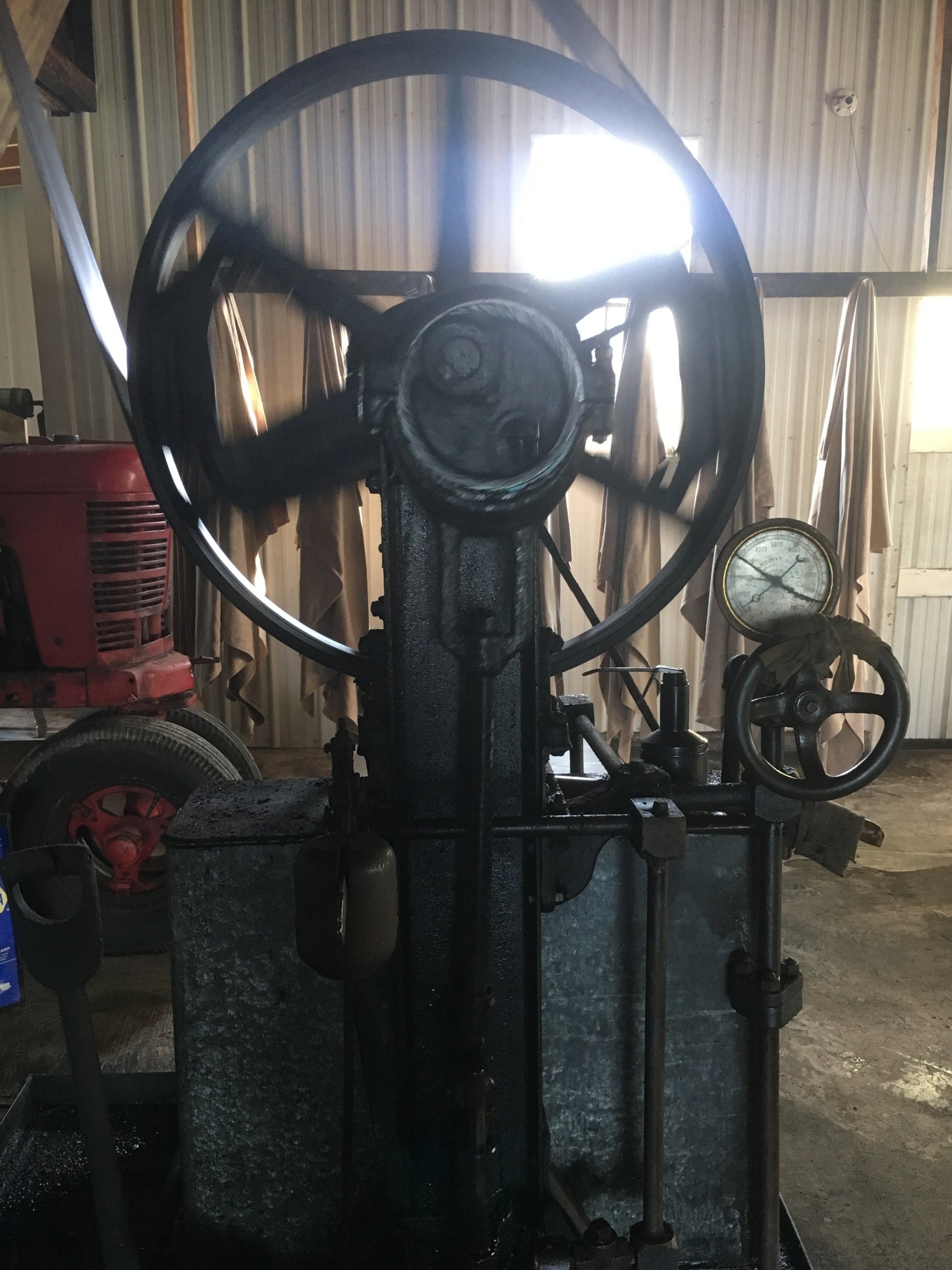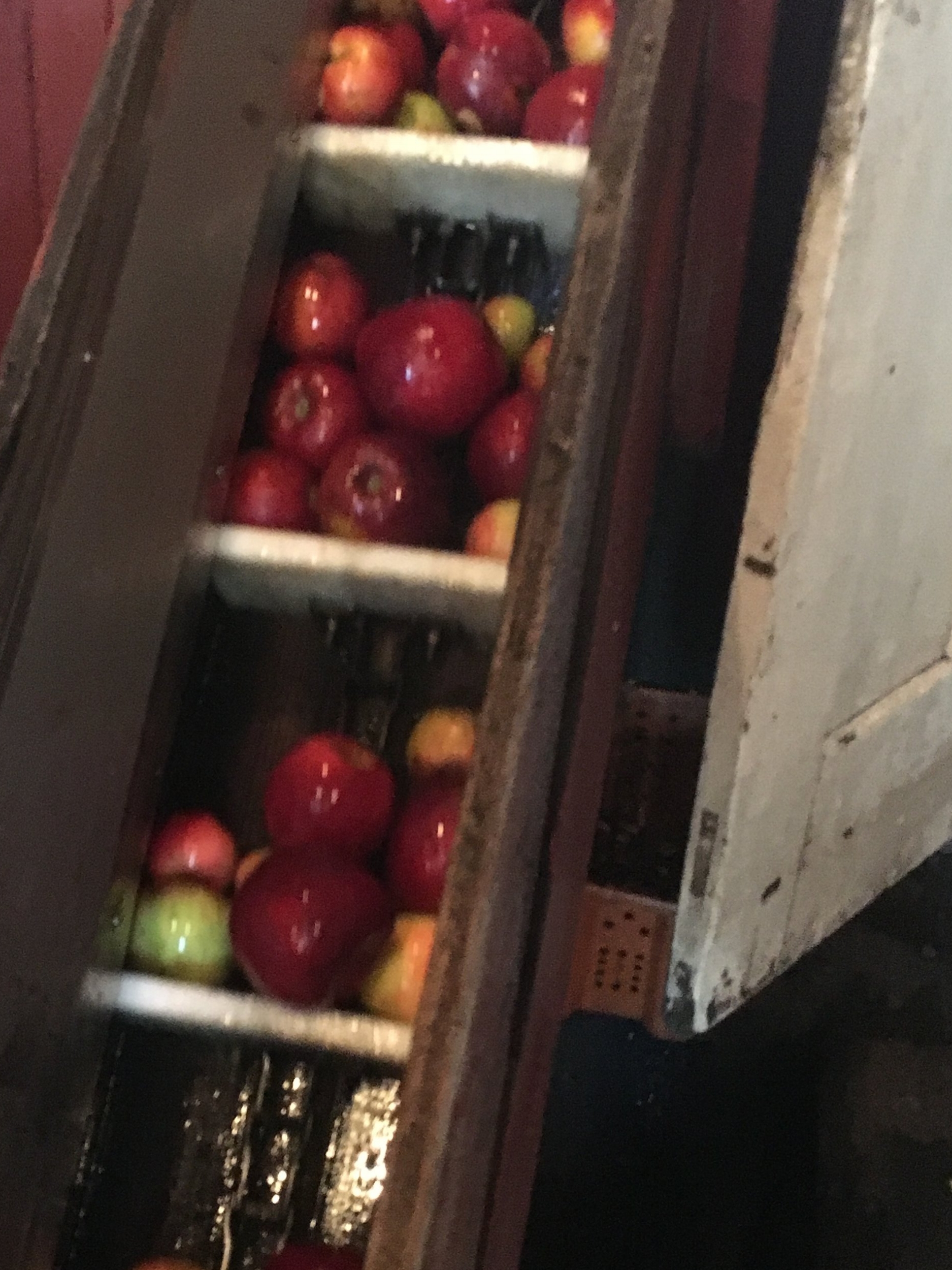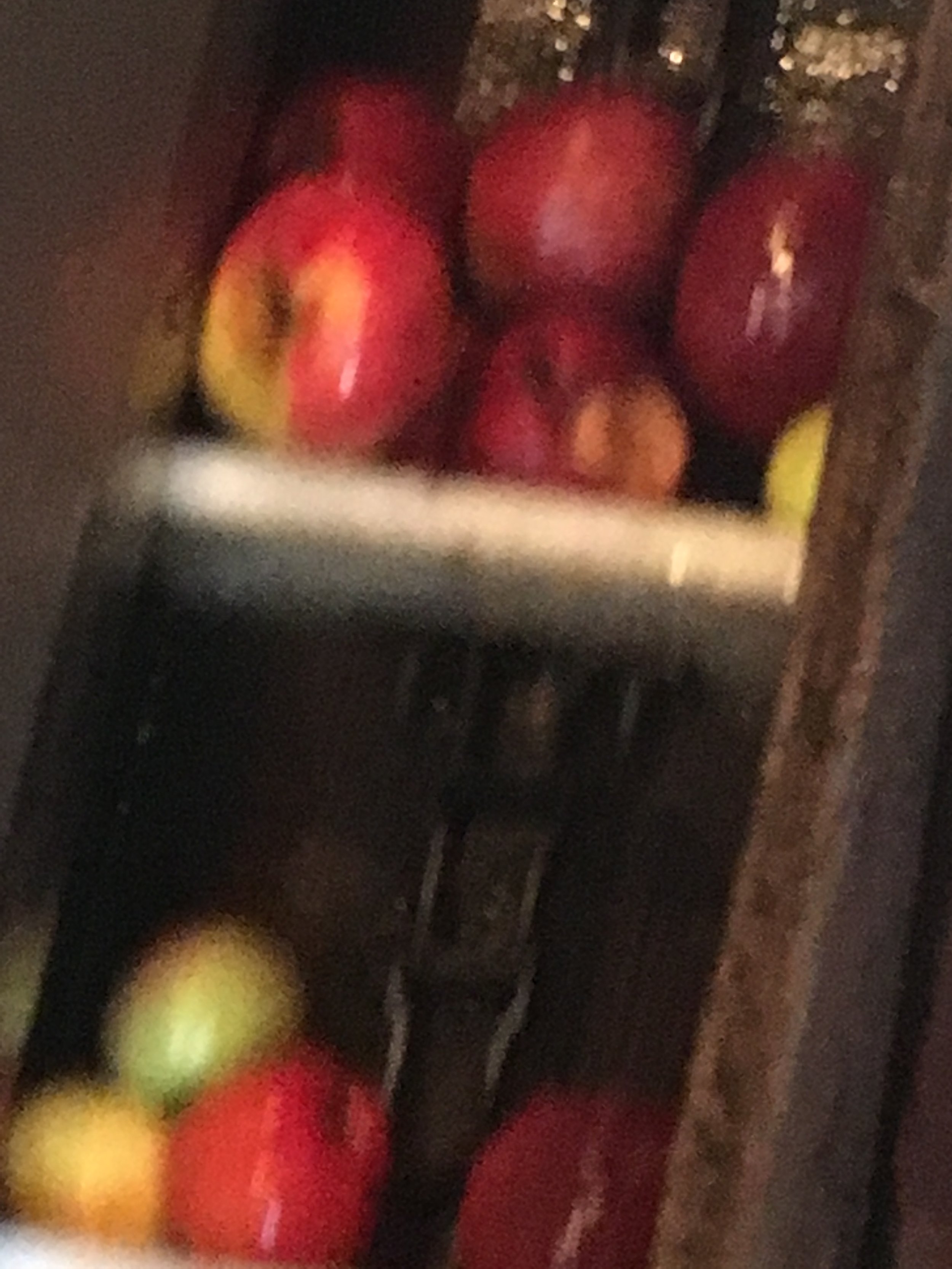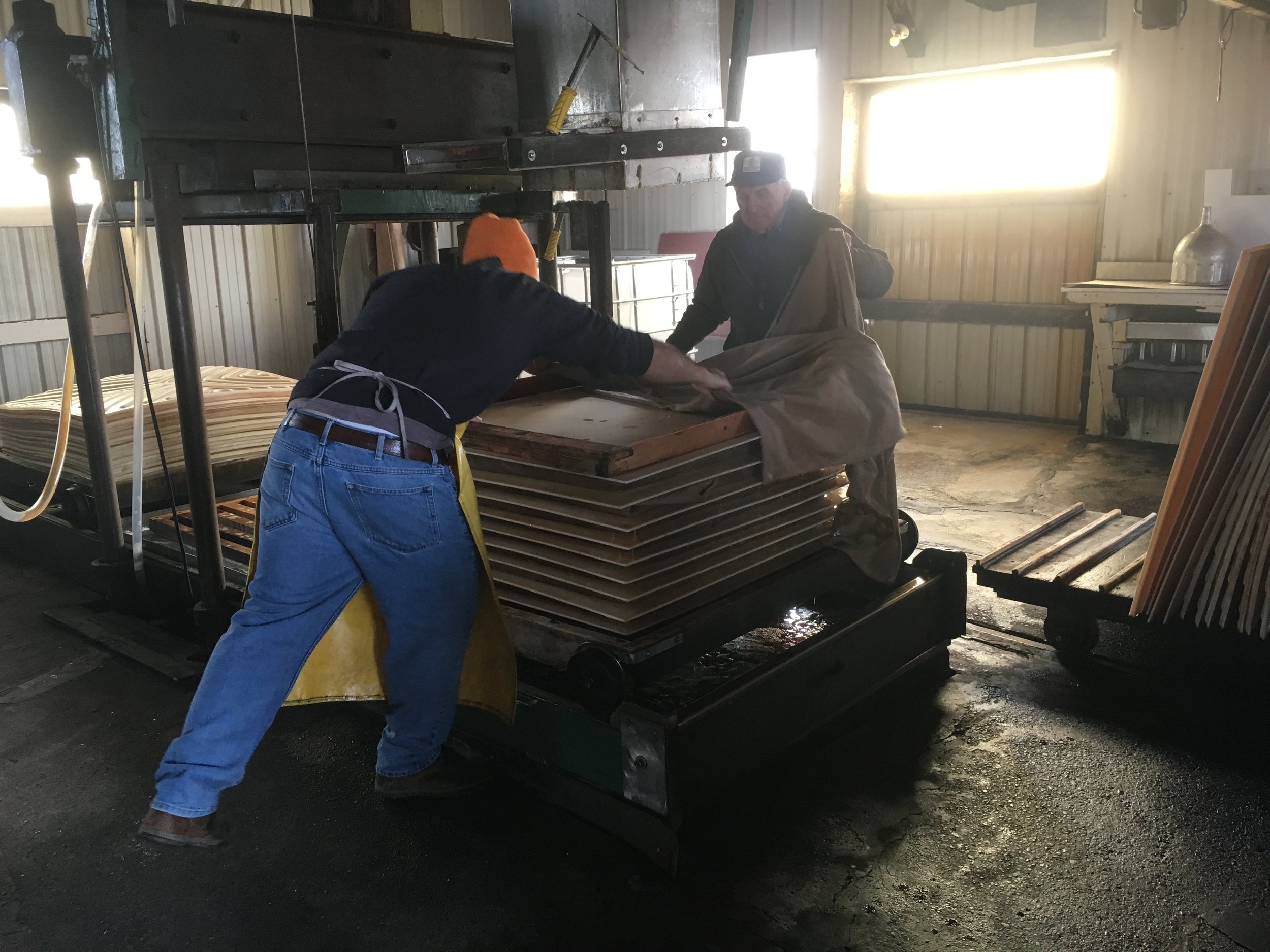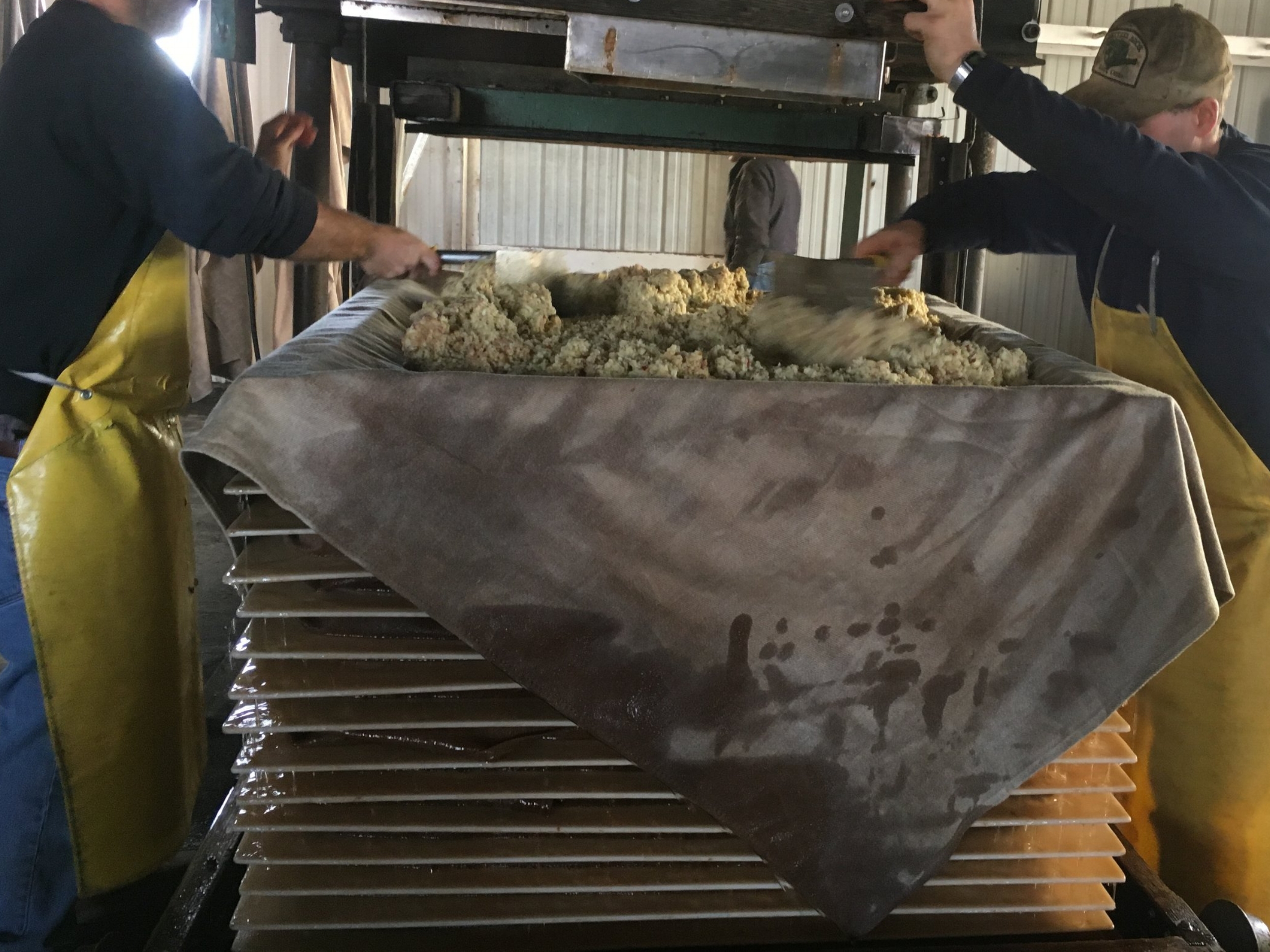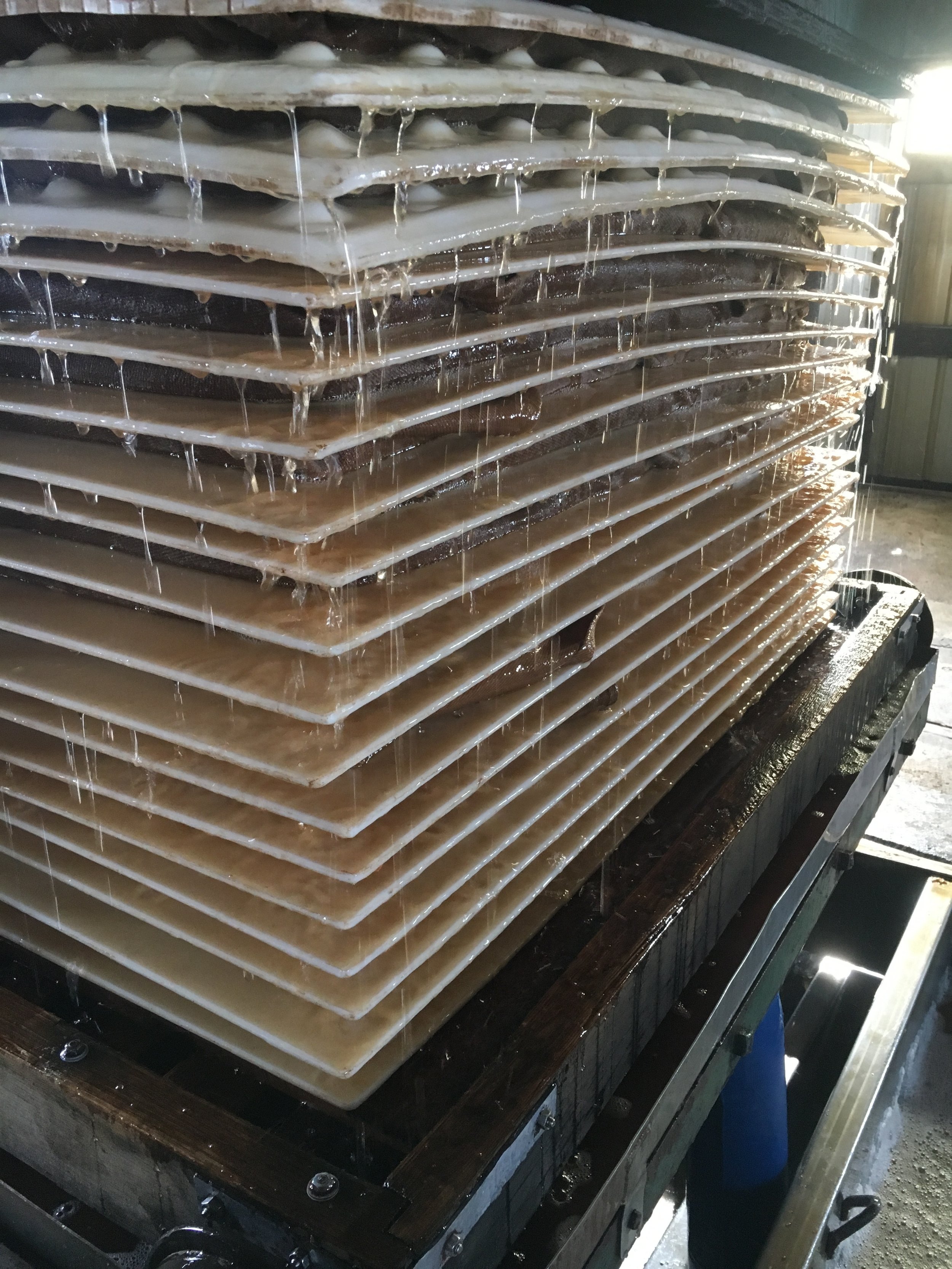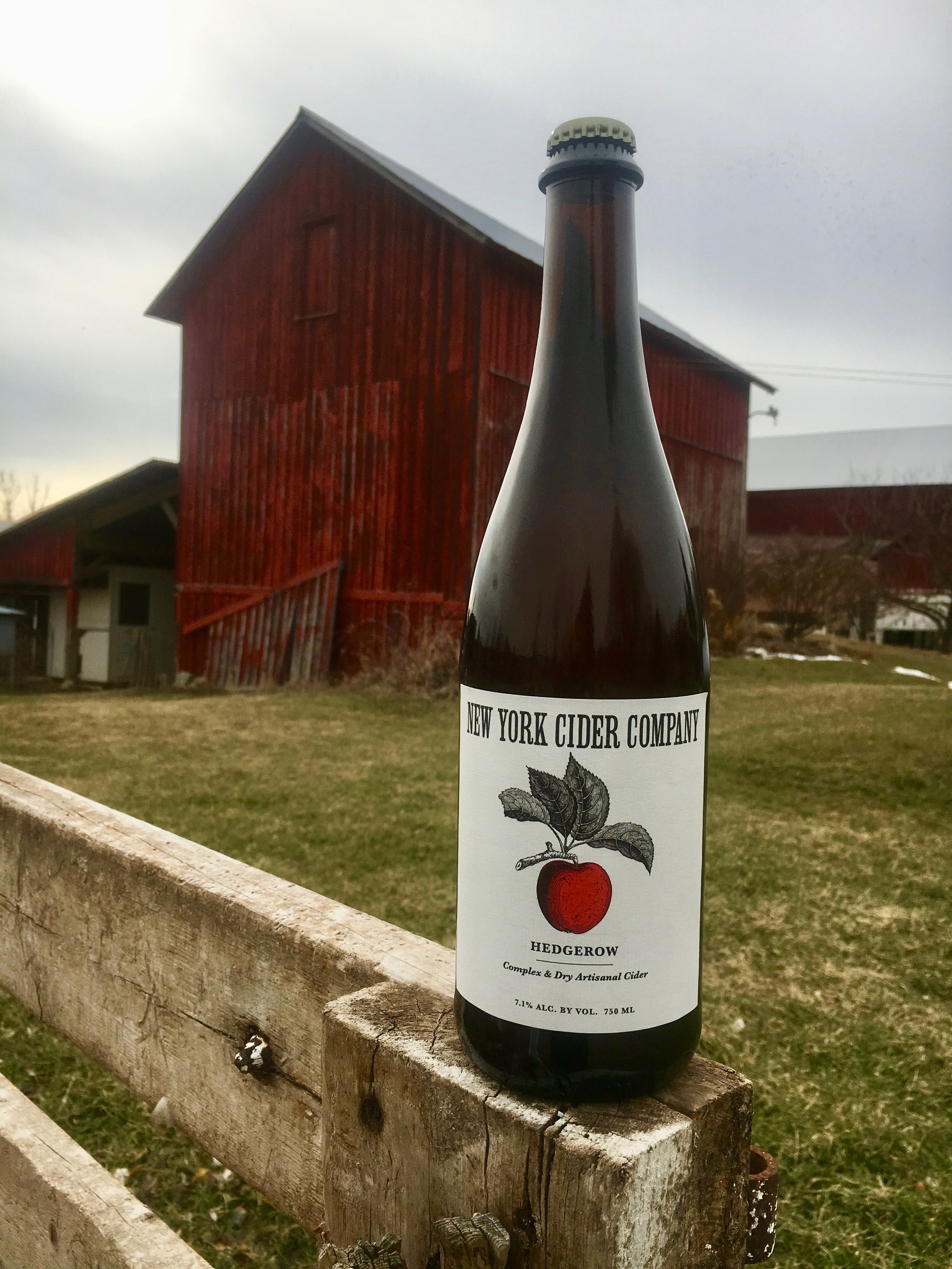About
what are we about?
In the early days, cider making meant little more than picking ripe fruit in the fall—from trees that were minimally treated, or not treated at all—pressing the fruit; transferring the juice into a barrel; and waiting until spring.
Certainly, advances have been made over the millennia, especially over the last century (cleanliness, among them). Yet, we, at New York Cider Company, appreciate the simplicity of traditional cider craft. We believe that much of the art of cider making involves helping nature, the best artist, do the work itself. Often this means staying out of the way: Our apple trees, some more than 150 years old, are nurtured by little more than sun, rain, and maybe a sprinkle of compost. Our apples—whether we grow them ourselves, forage them from wild or abandoned trees we rescued near our farm in the New York Finger Lakes—are always interesting and picked at peak ripeness.
Similarly, our ciders are fermented naturally, without added yeast, whenever possible. “Wild” fermentations can be riskier; you never know how the natural yeasts will affect the final taste of a hard cider. To us, the rewards of wild fermentation are a worthwhile gamble. Each carboy, barrel, tank, or vat of cider truly takes on a life—and flavors—of its own. Yeast is alive, after all; each strain has a different personality. Each hard cider is a separate conversation.
Blending is also key—and where the human touch can augment nature’s. We find that the sum is usually greater than the parts. Figuring out the tastiest combinations of separate fermentations, creating a beautiful, unified, refreshing drink, is fascinating and rewarding. It can be an art.
New York Cider Company’s artisanal approach extends to the way we bottle most of our ciders. Again, we like to let nature do the job—through bottle conditioning. The sediment that remains at the bottom of the bottle is a testament to our artisanal approach.
